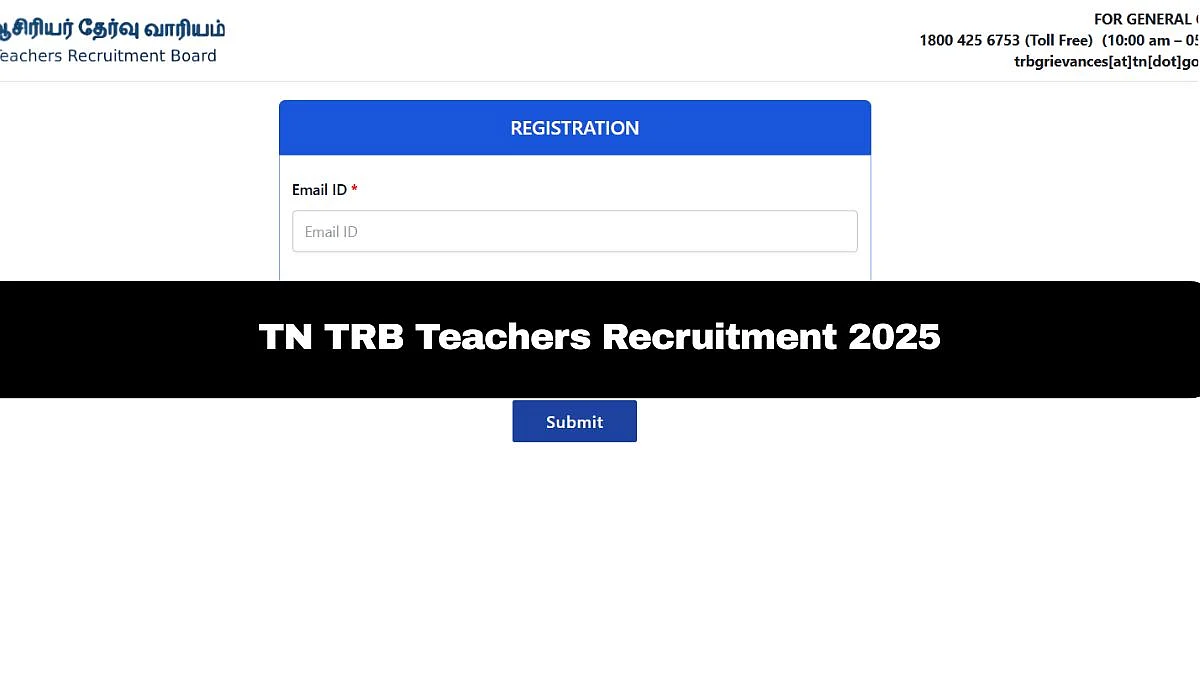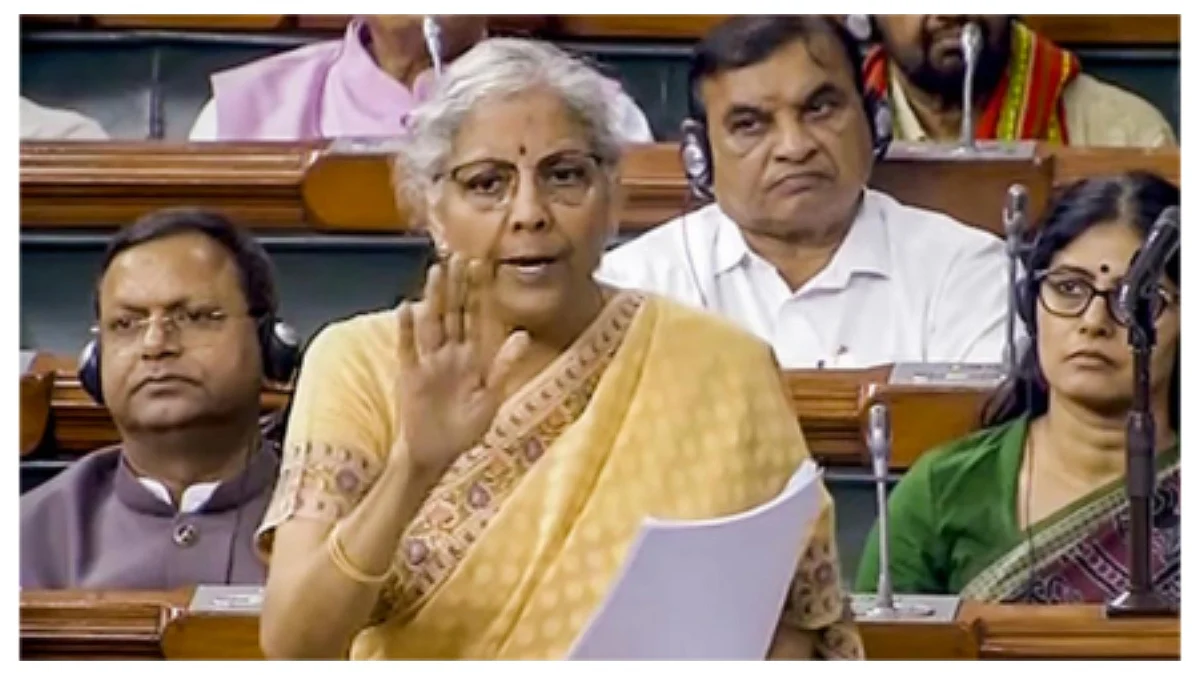ICRA recently conducted a survey across non-bank finance companies (NBFCs) to understand their outlook on the sector and their expectations going forward. The findings of the survey covering entities constituting over 50 percent of the industry’s assets under management (AUM) indicates that growth is expected to pick up in FY2023, after two years of modest growth in AUMs. This follows the possible impact of the improvement in the operating environment, limited impact of COVID 3.0 on business and expectation of a relatively improved demand.
In terms of key constraints for AUM growth, the top reasons include increased competition from banks/larger lenders, demand and supply related issues, expectation on some funding constraints (especially for small to medium sizes entities) and regulatory tightening or increased oversight. Also, in terms of new business sourcing, co-lending/fintech partnerships are not likely to contribute significantly to new business; only 10% of entities expect more than 10 percent contribution to new business through this route.
Manushree Saggar, Vice President, Financial Sector Ratings, ICRA Limited, “While 57 percent of the issuers (by number) are expecting a more than 15 percent growth in AUM in FY2023, the proportion based on AUM weights is much lower at 11 percent; indicating that larger players in the segment expect a relatively moderate growth in FY2023.
While most of the lenders (69 percent; in AUM terms) indicated an 10-15 percent AUM growth, ICRA expects the growth for the overall industry to be about 8-10 percent for FY2023.”
With the optimism on AUM growth, the NBFCs are also expecting the asset quality related pain to moderate, supported by both business growth as well as recoveries. Overall, 90 percent of issuers (by AUM) expect reported gross stage 3 (GS3) to reduce by up to 100 basis points (bps) from December 2021 levels (estimated at 4.7 percent), by end of March 2023. With reference to divergence between reported GS3 and gross non-performing assets (GNPAs) following the clarification by the Reserve Bank of India (RBI), entities expect some divergence to remain. Only 36 percent (by number) and 19 percent (by AUM) expect the GS3 and GNPA to be completely aligned. As for the performance of restructured book, most entities (71 percent, by AUM) expect the restructured book on have similar collection efficiencies as the current loan book.
In terms of liquidity, there is some divergence in the expectation between the larger and small to medium sized entities. 63 percent of larger entities (with AUM greater than Rs. 50,000 crore) expect to consume some of the excess liquidity for business growth while smaller ones are looking to maintain liquidity amid expectations of funding constraints, to support their liquidity profile in the event of any uncertainties and, to provide comfort to various stakeholders. At the same time, most of the entities are not expecting capital raise in FY2023, possibly given the current adequate capital positions on the back of low growth in the last two fiscals.
With expectation of reduced credit costs, some moderation in negative carry on balance-sheet liquidity, the entities are expecting the profitability to improve from FY2022 levels. Almost two-thirds of the entities (by AUM weight) are expecting an up to 50 bps increase in return on managed assets (RoMA) in FY2023.
“In ICRA’s view also, profitability for non-bank finance companies is expected to improve to near pre-Covid levels in FY2023; In the current fiscal, profitability would register an improvement over the previous year, on the back of a moderation in the credit cost,” Ms. Saggar concluded.









